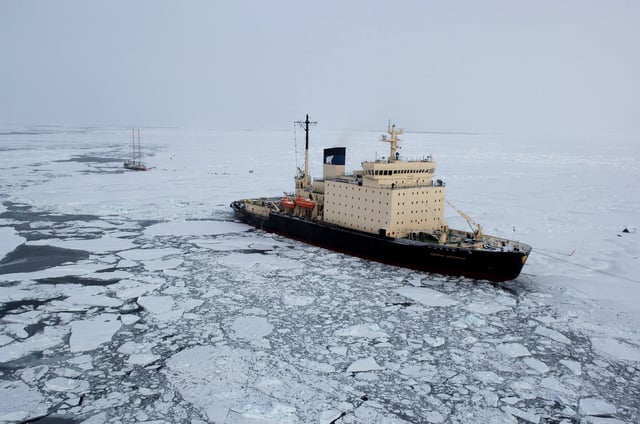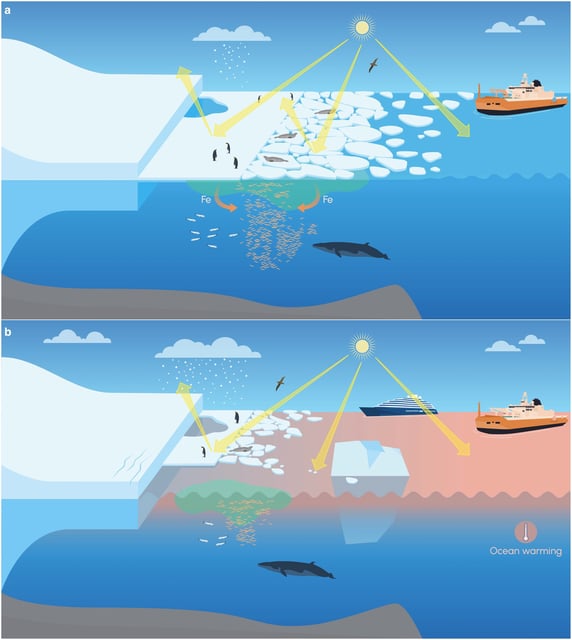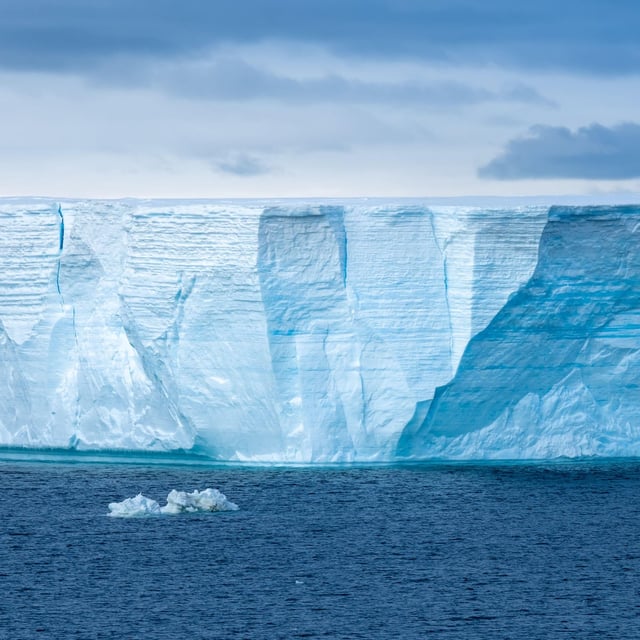Overview
- Surface salinity south of 50° S has risen sharply since 2015, weakening stratification and drawing deep ocean heat upward to melt sea ice from below.
- Antarctic sea ice extent has remained near record lows through winter 2025, driving a doubling in iceberg calving rates and exposing ice shelves to wave damage.
- Loss of summer and winter sea ice is disrupting breeding, molting and foraging habitats for emperor and Adélie penguins, crabeater seals and krill.
- The US Department of Defense will stop delivering SSMIS satellite data to the National Snow and Ice Data Center after July 31, ending a continuous sea ice record that dates back to the late 1970s.
- Researchers warn that the impending data gap will weaken global early-warning systems and hinder accurate forecasts of sea level rise and ecosystem impacts.



